Life Saver: Celebrating 40 years of Whitman-Walker
Whitman-Walker's 40-year history is inextricably linked to that of both the LGBTQ community and the larger D.C. community.

“Whitman-Walker Health is evidence of how any group of people, when they come together for a common purposes, can make a tremendous impact,” says Joseph Izzo.
Izzo, a licensed clinical social worker and psychotherapist at the community health center has witnessed firsthand Whitman-Walker’s ability to weather difficult times. He’s been with the clinic since 1986 and, as such, is its longest-serving employee. Despite a series of boom-and-bust cycles that threatened its financial solvency, and until 2006, frequent changes in management, Whitman-Walker has overcome a number of challenges to continue operating crucial health care programs, including LGBTQ-competent health services and HIV/AIDS care.
Now in its 40th year, Whitman-Walker has long served as the anchor of the 14th Street corridor, and a go-to health center for D.C.’s LGBTQ community, whose own history is inextricably intertwined with that of the organization.
Whitman-Walker began in 1973 as an all-volunteer program of the Washington Free Clinic, known as the Gay Men’s VD Clinic, which operated out of the basement of Georgetown Lutheran Church on Saturday mornings. Five years later, with a new name and $15,000 in funding from the D.C. government, the Whitman-Walker Clinic rented a new facility on 17th Street NW, with its services emphasizing gay men’s sexual health. The clinic would later move to 18th Street NW in Adams Morgan, where it would remain until 1987 before moving to the first of three sites along 14th Street NW.
“The first 10 years was largely about Whitman-Walker being a safe space, a sanctuary, a gathering space for gay men and lesbians,” says Don Blanchon, Whitman-Walker’s current executive director. “There was less embracing or acceptance [of LGBTQ people] in society, which meant that, particularly in urban areas, there were a lot of places like Whitman-Walker that basically became a place where gay people could gather, beyond just the club scene.”
The clinic’s role as a community gathering place would change in 1981, when reports of a new form of cancer and pneumonia that seemed to be affecting gay and bisexual men began to emerge. It would prove to be the early days of an epidemic that would drastically change the clinic’s mission.

An Epidemic Begins
AS HIV BEGAN to take its toll, Whitman-Walker, as one of the first-line responders, took a leadership role in educating the LGBTQ community about the disease. That year, the clinic launched its AIDS Education Fund, an AIDS information hotline, a prevention advertising campaign, and programs to help those living with AIDS, including a housing program, food bank and legal services.
“Much like other cities, the gay community responds, because the gay community is dying from it, and we are off to the races,” Blanchon says. “That second decade is about Larry Medley, Bill Cunningham, Sunnye Sherman, Jim Graham, Max Robinson. It’s all these people who said, ‘Hey, this is happening. This is real. We’ve got to have a community response.’
“I also give Marion Barry a lot of credit, because Marion was on the forefront of some of this stuff as a political leader,” Blanchon says of the former mayor. “He knew this was going to be really bad for the city, and he put money into Whitman-Walker…because he wanted people to have the latest information.”
Izzo, a former high school teacher and sex educator, spent his first years at Whitman-Walker doing outreach to high-risk populations, including gay males, transgender females, intravenous drug users, and sex workers.
“We were out at night time, on the streets with trained volunteers,” Izzo recalls. “We distributed condoms, we distributed information packets about HIV prevention, and about medical services at Whitman-Walker. We basically tried to educate the community as best we could not to get infected.
“The bad part of it, from ’86 to ’90, was the fact that people were dying left, right, and center. They were dropping like flies. So I was going to lots of funerals during that time. That was probably the hardest part of it. By 1988, I had already lost three dozen people that I knew.”
Despite medical advancements, the epidemic ravaged the LGBTQ community well into the mid-90s.
“There really weren’t a lot of options for people in terms of medication, so we really were helping people through the dying process in a lot of ways,” recalls Wellness Coordinator Joanne Sincero, who initially started as a volunteer before joining the clinic staff in 1994 to work for its HIV day treatment program. “It wasn’t unusual to lose a person every week. Things became so normalized, like people on IV poles. At that time, 14th Street had a few carry-outs, and we would go up the street with the IV poles and go to the carry-out. I mean, people just went outside and continued to live even though they were really sick.”
Barbara Lewis started as a volunteer in 1979 with the clinic’s Lesbian Health Center, where she provided gynecological exams to women. As the epidemic began to take a toll, she shifted her focus to working on HIV/AIDS-related care.
“I think the AIDS epidemic really had a major impact on how a lot of us felt,” says Lewis, who currently works at the clinic as a physician’s assistant. “As I saw more and more people coming in sick in the emergency room…and seeing people dying and getting sick…, I was really very moved by what was happening to gay men. I think other women were, too.”
Ironically, Lewis says the epidemic helped bring together the gay and lesbian communities, who had previously operated in separate yet parallel spheres. Lewis and dozens of other lesbian volunteers donated their time to help test, counsel, and comfort their gay brethren infected with HIV. Due to their courageous efforts, the women earned spots on the Lesbian Honor Roll, a list of people dedicated to curbing the spread of the virus.
New Hope, New Mission
THE ADVENT OF antiretroviral drugs to treat HIV brought new challenges. Instead of essentially helping patients prepare for death, clinic staff found themselves supporting those who were infected, ensuring they’d live and could suppress their viral load.
That same success also led to financial difficulties for the clinic, as it struggled to get enough money to support its services, which had previously been offered to most clients free of charge.
Cornelius Baker, a Whitman-Walker board member during the ’90s who served as executive director from 2000 to 2004, notes that there was a significant racial divide in public opinion regarding the clinic and who it was perceived as serving — namely, white gay men. While Baker says the perception was not based on reality, to some in communities of color, particularly minority-led organizations or those residing across the Anacostia River, it appeared that Whitman-Walker was being favored for government grants or city contracts to provide AIDS services.
“A lot of it was about money and who got city funding and who didn’t,” Baker says. “A lot of it was about power, who had relationship to power. For example, in a city like Washington, D.C., with at that time still a 75 to 80 percent black population, with the epidemic of HIV, which was at that time…primarily a black epidemic, the [executives] were all white, and a lot of the board leadership. I think we had a 42-member board when I became the executive director, and the majority of members were white.”
Baker’s tenure also saw consolidation and the closure of Whitman-Walker’s housing and food bank programs, necessitated by a drastic decline in fundraising due to a recession in early 2001, government budget cuts, and the 9/11 terrorist attacks, which impacted the annual AIDS Walk fundraiser. Despite difficulties, Baker tried to reconfigure the clinic to meet the changing needs of the community, including introducing sliding scale fees so that more financially stable clients could contribute to their own care.
After repeated cycles of financial hardship and struggle, Whitman-Walker’s board brought in Blanchon in 2006.
“Given the financial circumstances of where Whitman-Walker was at that time in the mid to late 2000s, the board here and many employees as well as community members knew that there was going to be significant changes,” says Blanchon, who received a great deal of criticism from politicians, community leaders, and even longtime donors, about some of the tough decisions he was making. Yet he focused on trying to set the health center on stable footing and not take it personally.
“Remember there was no guarantee at that time that if we made this change, we were going to be okay financially,” he says. “And then, to state the obvious, as a straight ally but someone who’s not well-known in the gay or LGBTQ political establishment, people were questioning my motives They had every right to do that…. People were wondering what I was trying to do.”

An Eye Toward the Future
BLANCHON’S TENURE CAN uncategorically be declared a success, though he is the first to admit that there’s far more to accomplish. He also notes that Whitman-Walker is still heavily reliant on financial support from the community.
“In 2018, we need to raise $4 million,” he says. “Not $40 thousand, not $400 thousand. That’s $4 million to keep the lights on and do the things we need to do. If the community supports us and engages with us, we’ll be able to do more for youth. We’ll be able to do more for the trans community. We’ll be able to do more for people who live on the east end of the city. We’ll be able to do more for seniors. If they don’t, we’re going to have to fundraise just to keep our head above the water.”
Over the past decade, Whitman-Walker has weathered another recession, expanded services to include gynecology and psychiatry, and brought about a degree of financial security. In 2011, the clinic officially changed its name to Whitman-Walker Health, to better reflect its mission as a community health center.
In 2013, Whitman-Walker absorbed The Mautner Project, a women’s health collaborative, and hired its staff to provide comprehensive health care services to lesbian, bi, and transgender women. Two years later, it incorporated the programs of Metro TeenAIDS into its youth services offerings. That same year, Whitman-Walker leased a state-of-the-art building at 1525 14th St. NW to house a number of its services and programs, part of an effort to renovate the Elizabeth Taylor Medical site, at 1701 14th St. NW.
The Elizabeth Taylor site will become a new six-story, mixed-use building, including retail stores, restaurants, underground parking, and rental apartments, with Whitman-Walker maintaining administrative offices and a community space for meetings, gatherings, youth services, and yoga. By renting out space in the building, Whitman-Walker will raise capital that can subsequently be used to help rehabilitate its Max Robinson Center in Southeast D.C., to better ensure clients living east of the Anacostia River have access to quality health services.
However, because of the recent development of the 1525 and Elizabeth Taylor sites, some would-be donors have assumed that the health center is flush with cash. It isn’t.
“This whole plan is a 10-year model that says, ‘Move Elizabeth Taylor to 1525, redevelop Elizabeth Taylor, get economic value over time from that to rebuild Max Robinson.’ If this was a hospital, it would be one 10-year modernization project,” Blanchon says. “Instead, community members see it as, ‘Oh, you built a shiny building there.’ We don’t own 1525, we lease. We don’t have the money to be able to do it on our own, and if we tried to rebuild Max right now, we’d need $20 million.
“I can’t tell you the number of people who tell me, ‘Oh, you guys must be rolling in it. Look at you’re developing all this stuff,’ and I’m laughing, going like, ‘You have no idea how challenging this work is.'”
Despite financial stresses, board member June Crenshaw says Whitman-Walker has been especially agile in adapting to meet the changing needs of the community over its history, and expects that it will continue to do so.
“It’s not been easy,” she says. “It’s been really, really challenging and painful at times, trying to develop the mission and the vision and how to accomplish those things. If there’s any organization that’s not doing that on a regular basis, then they’re going to become obsolete pretty quickly. The great thing about Whitman-Walker has been that it’s been able to morph and transform itself to meet the community’s needs as the community has grown.”
Which doesn’t mean there isn’t room for improvement. Crenshaw sees a need for better outreach and education around Whitman-Walker’s various services to all members of the community, particularly in the Southeast. Both the rate of HIV and the number of people who have limited access to health care, remain stubbornly high in that sector of the city, which is majority African-American. Crenshaw also says that Whitman-Walker’s leadership needs to be more reflective of the communities it serves by including more people of color, lesbians, and transgender people — something the board has previously discussed.
Nonetheless, Blanchon is amazed when he reflects on the 40 years of service that Whitman-Walker has provided to the D.C. community, and the amount of support that the health center has received in return.
“I am in awe how much we have learned about the depth of support, through all of the mistakes that we’ve made over 40 years, and the community still wants us to thrive,” he says. “It is increasingly clear that our work around equality and social justice through health isn’t done yet. Those things are really apparent, whether it’s around the Affordable Care Act, whether it’s around the transgender community, whether it’s around fighting HIV, you name it. There’s just so much more work still to be done.”
Baker says the larger LGBTQ community and the District owe a debt to Whitman-Walker for its pioneering spirit, its wisdom, foresight, and dedication to doing everything possible to save lives, particularly in the darkest days of the HIV epidemic.
“I think that what we should see when we look at Whitman-Walker is just how bold, how noble, how visionary, how caring and how dignified that we have been over the last 40 years,” he says, “and I think that what it should do more than anything else is challenge us to think about who we are going forward, who we are as a people, who we are as a community, and how do we honor that work as greatly as it has been given to us.”
“Whitman-Walker is constantly reinventing itself,” adds Crenshaw, as she looks toward the future. “That has been an amazing process to witness and to be a part of. I feel as though it’s been a place to really grow and have some real challenging conversations about the direction and the importance and the value to the community, because this organization has saved a lot of lives, both physically and emotionally.
“It is so much needed, particularly in this current day and time,” she concludes. “We need it more than ever. Its success is important to the community as a whole.”
Whitman-Walker will kick off its 40th anniversary year with a dance party on Saturday, Jan. 20, from 8 to 11 p.m. at Town Danceboutique, 2009 8th St. NW. The suggested donation for entry is $10, but all are welcome regardless of ability to pay. For more information, visit whitman-walker.org.
Support Metro Weekly’s Journalism
These are challenging times for news organizations. And yet it’s crucial we stay active and provide vital resources and information to both our local readers and the world. So won’t you please take a moment and consider supporting Metro Weekly with a membership? For as little as $5 a month, you can help ensure Metro Weekly magazine and MetroWeekly.com remain free, viable resources as we provide the best, most diverse, culturally-resonant LGBTQ coverage in both the D.C. region and around the world. Memberships come with exclusive perks and discounts, your own personal digital delivery of each week’s magazine (and an archive), access to our Member's Lounge when it launches this fall, and exclusive members-only items like Metro Weekly Membership Mugs and Tote Bags! Check out all our membership levels here and please join us today!








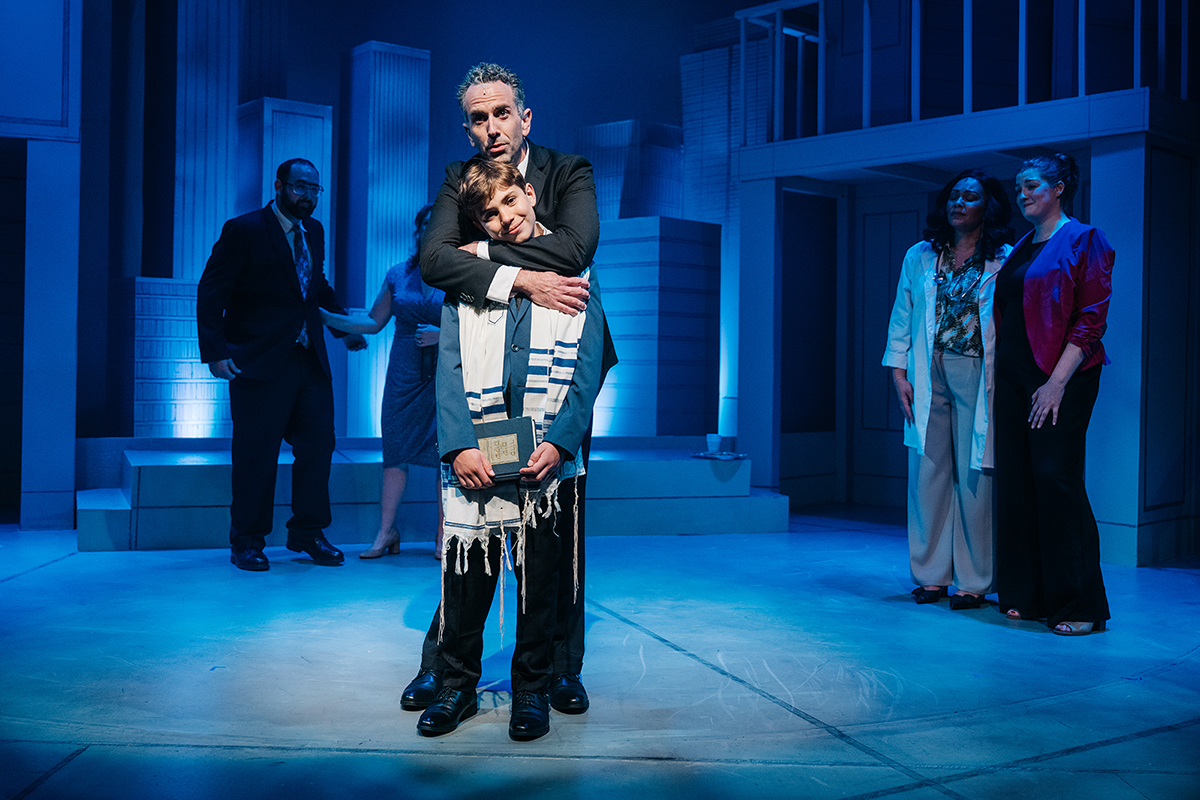
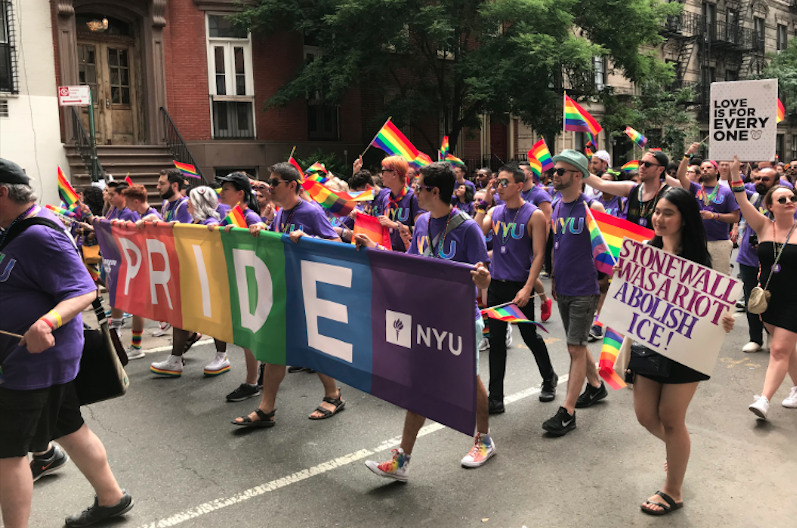
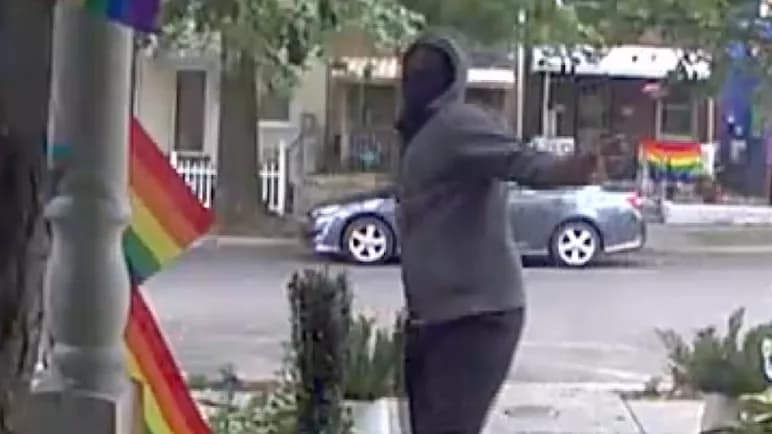















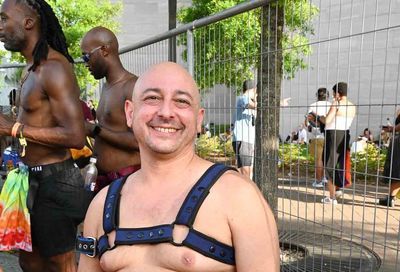
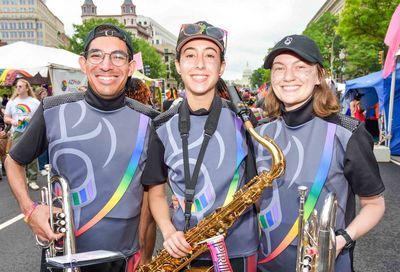
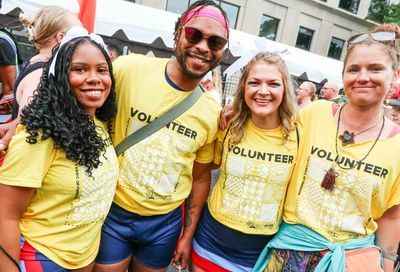



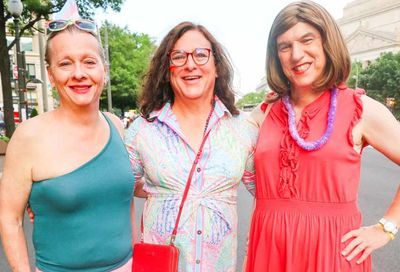
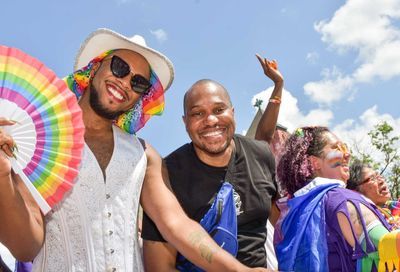
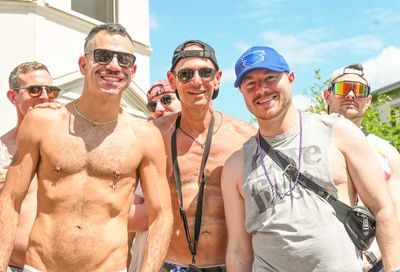
You must be logged in to post a comment.